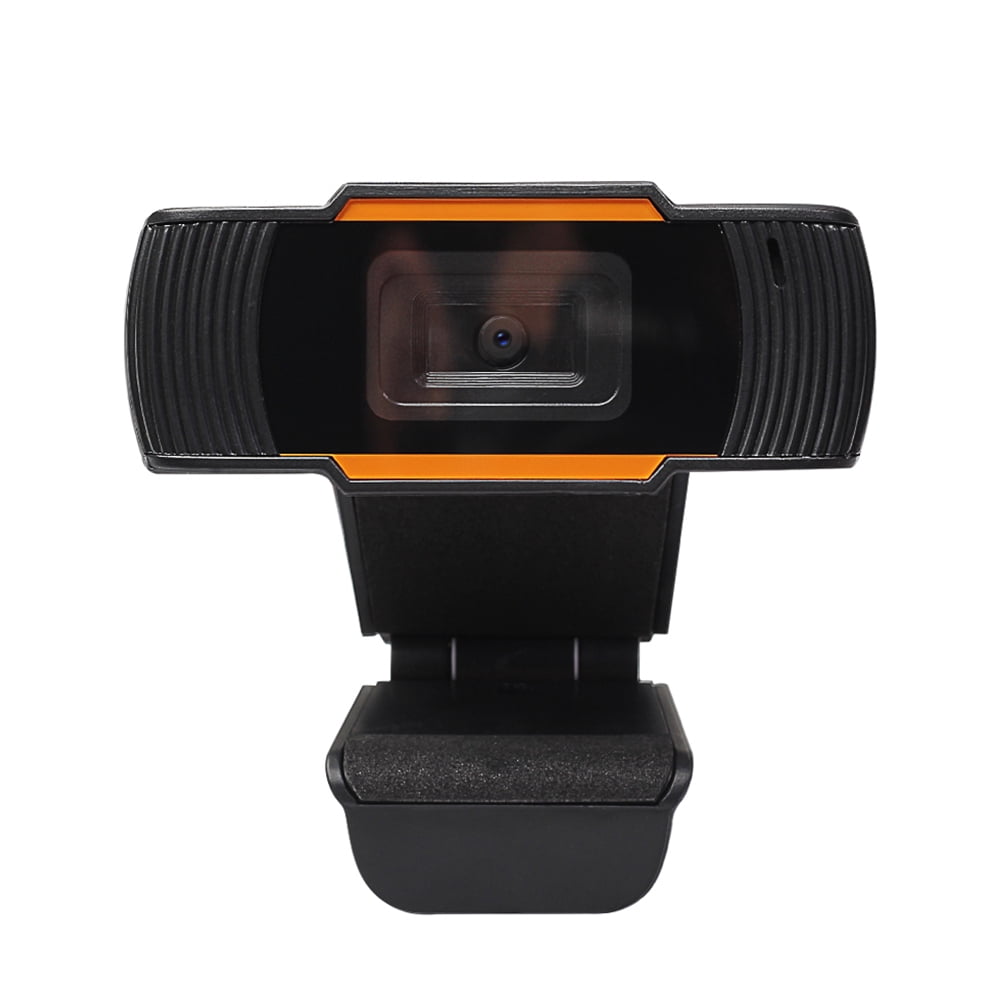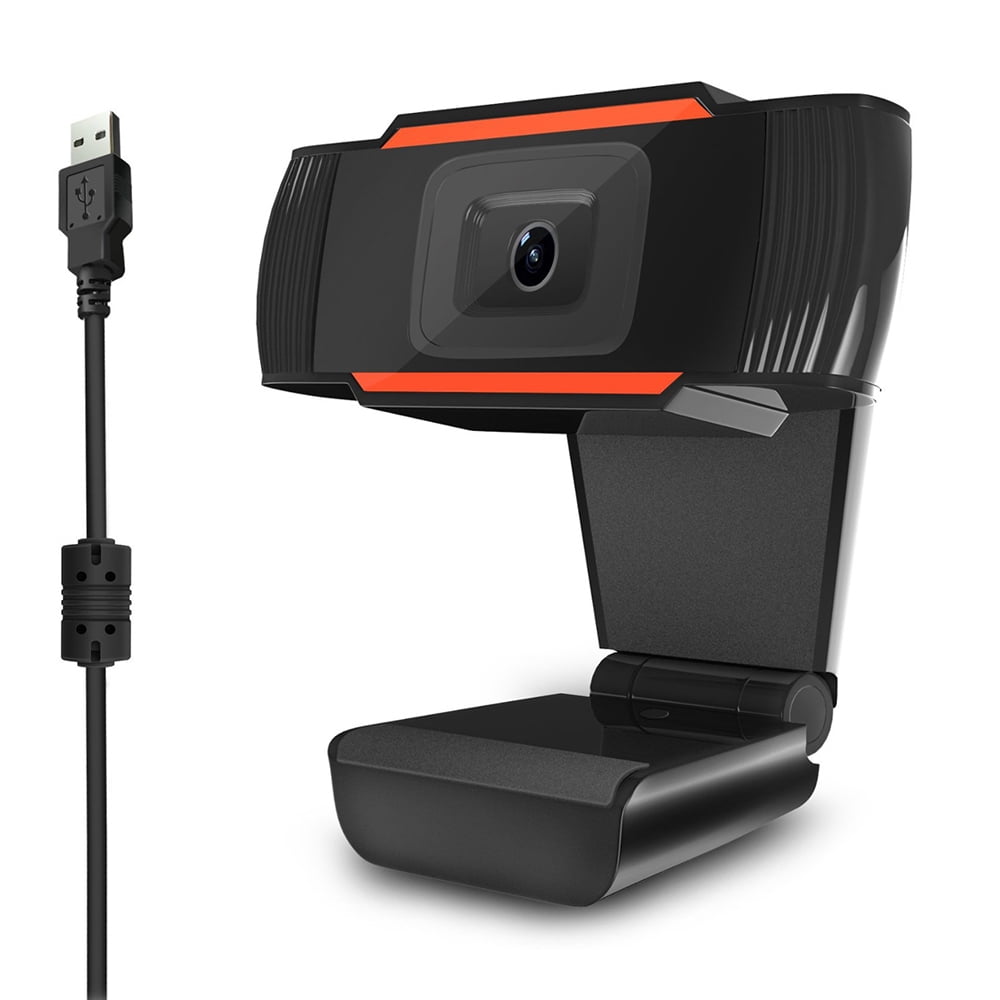

If you have a camera that works with Windows 10, you’ll be able to go to Settings > Devices > Bluetooth & other devices > Add Bluetooth or other device. As Microsoft’s Varsha Parthasarathy puts it in a Microsoft blog post announcing the feature, these “are standards-compliant network cameras optimized for real-time streaming video capture.”
HOW TO VIEW USB CAMERA WINDOWS 10 WINDOWS 10
One catch: For now, at least, Windows 10 only supports network cameras that are compliant with ONVIF Profile S. The most recent installation package that can be downloaded is 5.3 MB in size.

Commonly, this program's installer has the following filenames: akkord.exe, Webcam.exe, VideoCap.exe, USB Webcam.exe and Server.exe etc. These are also known as IP-based cameras, as they send video data over your local area network (LAN) using the Internet Protocol (IP.) Traditionally, you had to use a third-party software package or access a web server running on the camera to access these cameras. The latest version of USB Webcam is supported on PCs running Windows XP/Vista/7/8/10, 32-bit. They send their data over your local network rather than relying on a cloud service. Now, Insider builds of Windows 10 20H1 have built-in support for these cameras.

Since my day job is working for a security camera maker, you can see I have plenty of cameras show up. Clicking Add a device will list out all the cameras Windows has discovered. Go select Everything else at the bottom from this list. Network cameras have existed since before the Wyze Cam and Nest Cam. To connect to an existing IP camera on your network, go to Settings > Devices > Add Bluetooth or other devices.


 0 kommentar(er)
0 kommentar(er)
